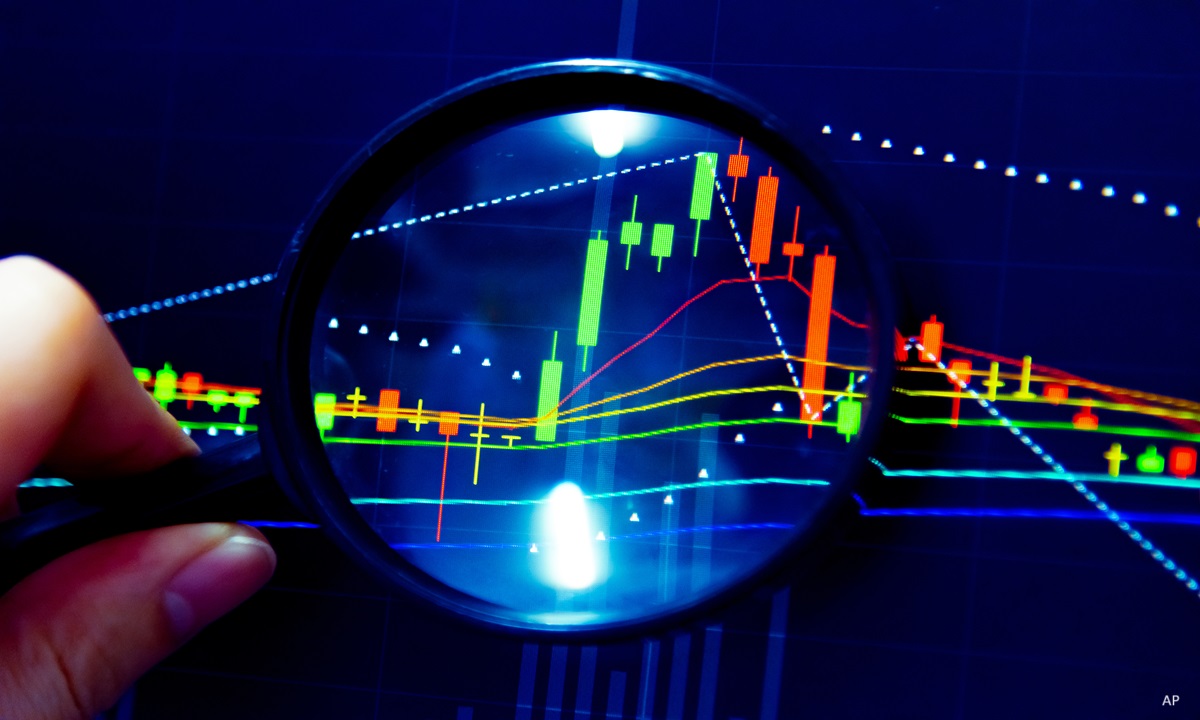Ashley Redmond: There is a lot of confusion surrounding our star rating and our fund rating, specifically the fact that the star rating is quantitative and the fund rating is assigned by an analyst. Here to discuss the difference between the two is Christopher Davis, Director of Fund Analysis in Canada.
Christopher, thanks so much for joining me.
Christopher Davis: Thanks for having me.
Redmond: So, let's start with star rating, how is it measured?
Davis: Well, it's measured by simply looking at a fund's past returns, and we're looking at those returns on a risk-adjusted basis over the long haul. And so, we're looking at a fund's returns over a 3-, 5-, and 10-year period. We're weighting the longest period because investors should be thinking about long-term returns, and we're ranking the funds against one another.
So, the top 10% of funds within a category get 5 Stars and the bottom 10% get 1 Star, and it's rated along a bell curve and so must funds are going to have 3 Stars.
Redmond: So, how does that compare to the analysts' rating?
Davis: Well, the star rating is purely backward-looking, looking at historical returns. The analyst rating is forward-looking and is meant to be a gauge, a prediction about a fund's future performance. And so, if we rate a fund highly, and we rate them like the Olympics rates Olympians; Gold, Silver, Bronze, Neutral or Negative; it indicates what our opinion is of the fund's future. And so our analysts look at several different factors: they look at how experienced and capable management is, how good a fund's process is, how expensive the fund is, how a fund has performed and then they come to a real conclusion. They work hard to uncover a fund's underlying fundamentals.
And so, it's really based on what the fund does, not just how it has performed.
Redmond: So, as an investor what's the best way to use the star rating and fund rating?
Davis: It’s not a mutually exclusive sort of thing where you have to use one or the other. The star rating, I think, is a starting point in your research. A lot of investors probably wouldn't want to invest in a 1-Star fund and I think probably in 99 cases out of 100, that's good. So, it's the starting point for your research, but it's not the endpoint. So, if you start looking at funds that have solid star ratings, then consider what the qualitative analysts rating is as well. That's based on our deep research.
And so when you piece together a mosaic of data, I think you're more likely to make a positive decision for yourself as an investor.
Redmond: So, it's better if you look at all the Morningstar tools; the star rating, the fund rating and the stewardship grades.
Davis: Right, and if all of those things add up you're just stacking the odds in your favour. Now there are funds that will have a positive qualitative rating even though the star rating is negative. So, I might be a little self-serving on this, but I think you can go straight to the qualitative rating, because often if there is a new manager at a fund, the past manager did really poorly. So there is a bad star rating. The star rating is backward-looking and the qualitative rating is forward-looking. It's quite possible that you could invest in a gem of a fund with a bad star rating.
Redmond: Thanks, Christopher.
Davis: Thanks.











:quality(80)/cloudfront-us-east-1.images.arcpublishing.com/morningstar/54RIEB5NTVG73FNGCTH6TGQMWU.png)








